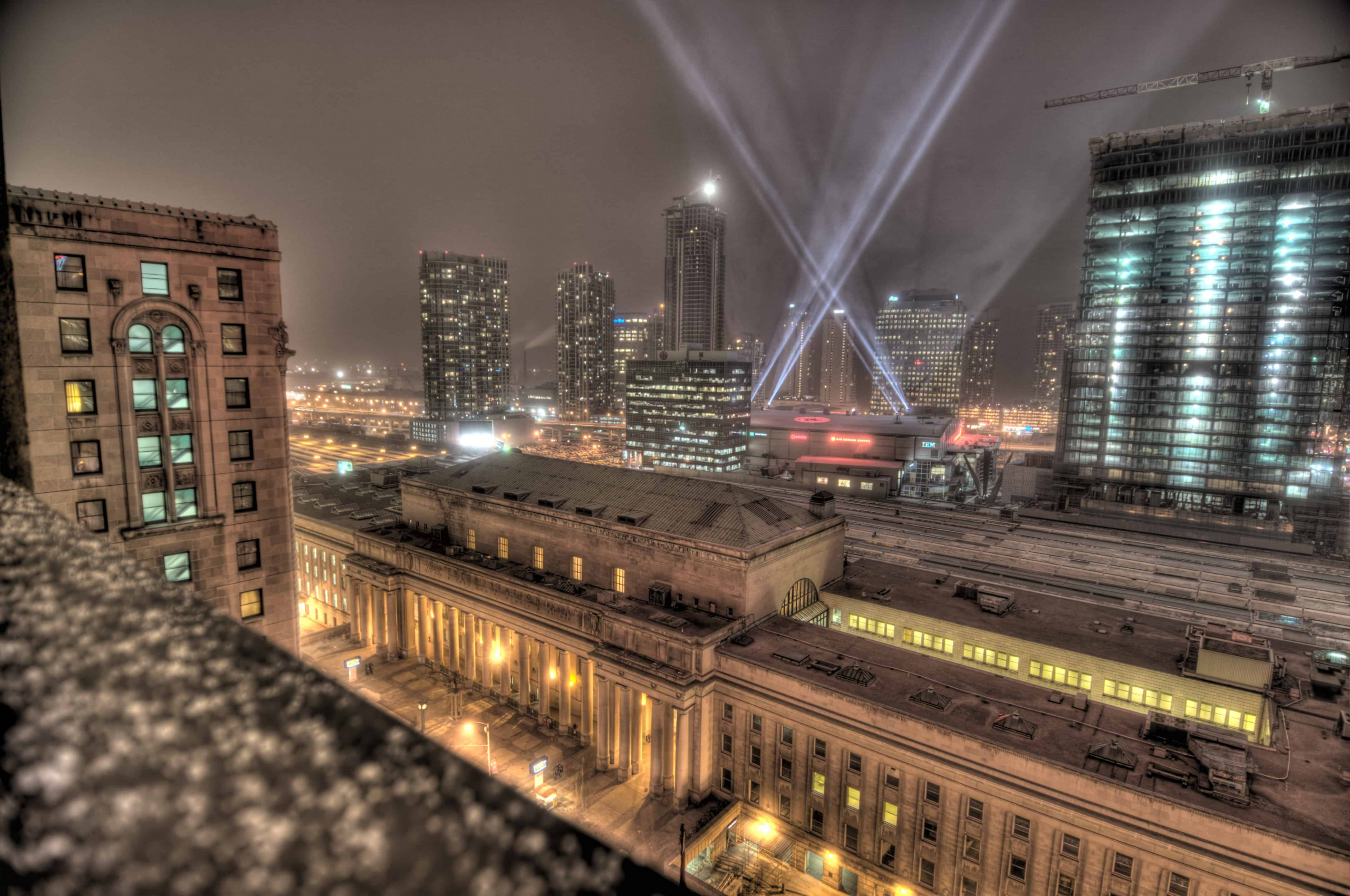The city is ugly. It is not without sporadic splashes of beauty, but for the most part and for those that run through it, the city is ugly.
Running long distances permits the runner an experience ‘with’ the city rather than an experience ‘of’ the city. Unlike travelling in vehicles, the runner is not contained away from their environment. Unlike a cyclist, the runner has time to form an impression of a neighbourhood before somehow seamlessly transitioning into the next. The sheer velocity of cycling inhibits this experience; in the time it takes to form an impression, the cyclist rapidly leaves behind the context within which an impression would have been relevant.
In preparation for a road race, the runner decided to traverse the entirety of Queen Street and back. Purposefully running the length of an entire street allows the mind to compartmentalize the task in a way that just randomly running 28 kilometres doesn’t. With state of the art tech that lets you know how far you’ve run, a vibrating watch replaces a concrete turnaround point, and without a fixed point to turn around, the 14-kilometre halfway mark seems ethereal, and running towards the ethereal saps your strength.
Beginning in the east and heading west, towards downtown, then through it, and then on to where the city nearly meets its westernmost border, the runner is infused with a profusion of sights and smells, unique shops, and in some special cases several iterations of the same shop.
The most obvious division between neighbourhoods is their relative wealth. The runner passes through government subsidized housing while coming ever closer to the vast pillars of rigidly defined, sharp angled buildings of gold tinted glass: a perpendicular effort to vertically distance the wealthy from those who are too poor — those that must live close to the ground.
Passing through and then beyond the core of the city, with the oversized rectangles temporarily out of sight, it takes longer for the money to run out in the west than it did in the east. It takes a few kilometres of road for the beautiful, aged buildings to lean towards dereliction, rather than standing stable and proud and gated away from the public.
The people on the streets often reflect the lack of stability that the surrounding buildings often exhibit. Beyond the confines of colossal steel spires is a territory marked by a greater police presence; there is an increase in especially young mothers and unemployed people, or at the very least, there is an increase in workday afternoon drunkenness.
There is a massive social disparity between the opulent towers that the runner passed under not too long ago and the derelict buildings and dispossessed people who so badly need the funds that instead will be used for erecting the next monument to the prospect of the wealthy owning yet another home.
The city’s ugliness is not due to a lack of aesthetic value; it is due to its all-too-evident social discord. Just go for a run — you can’t help but to see it.


